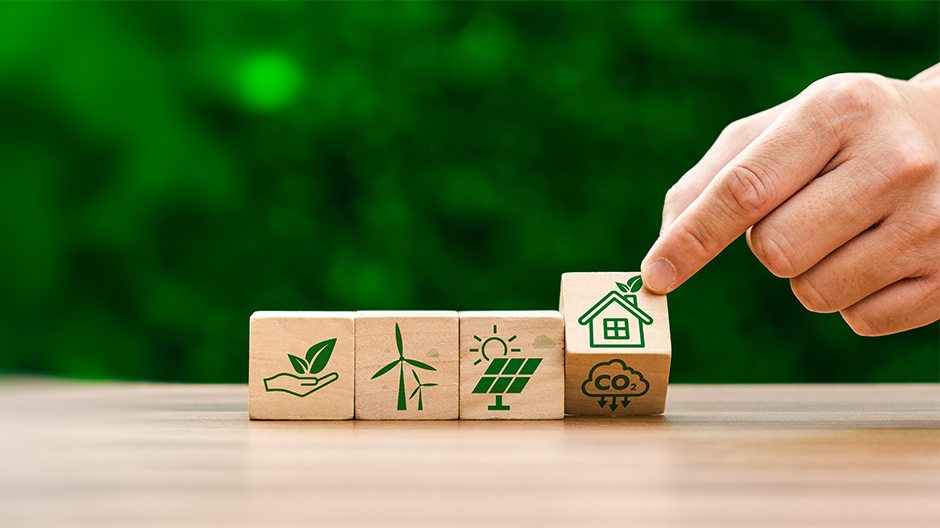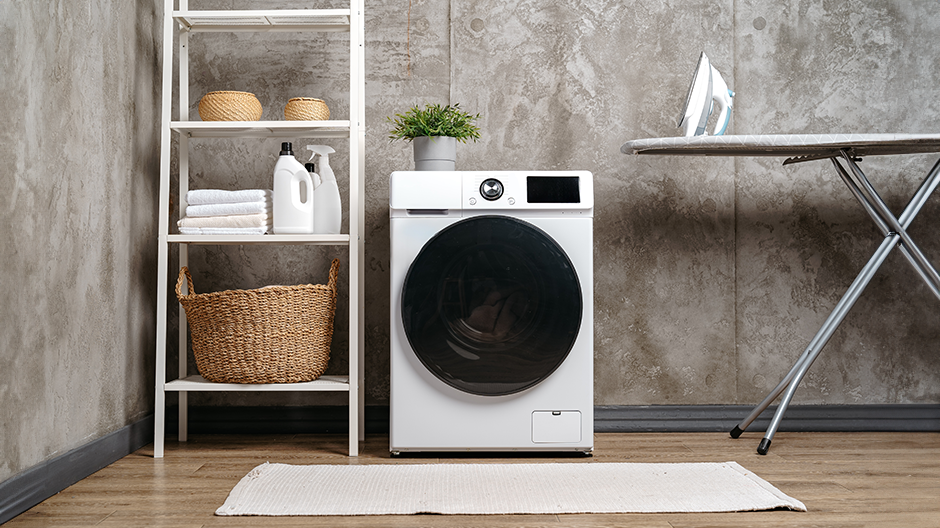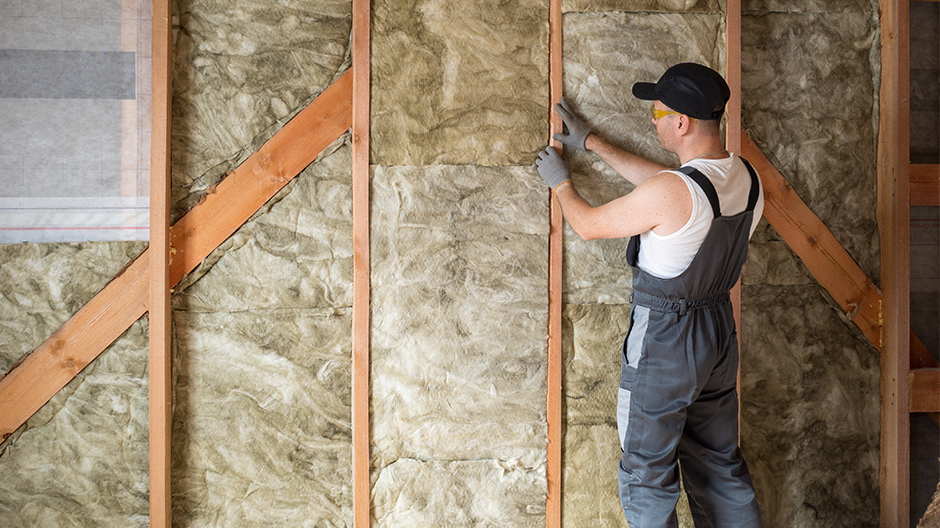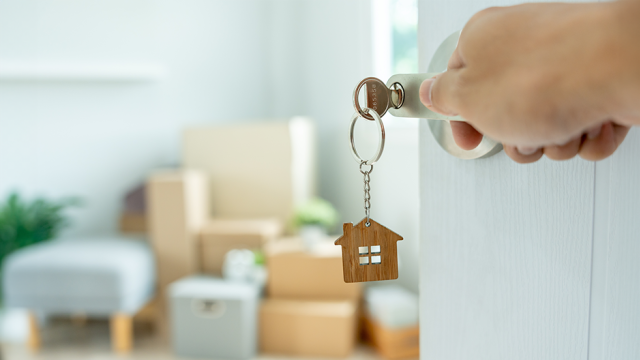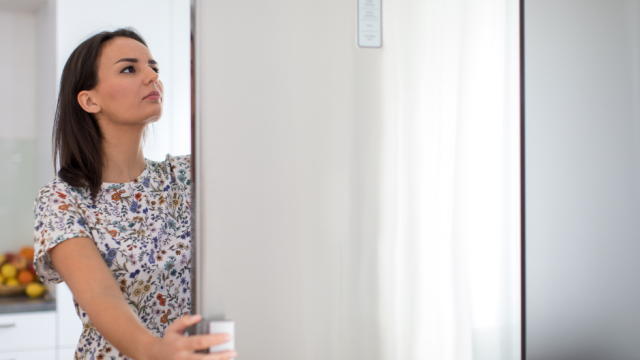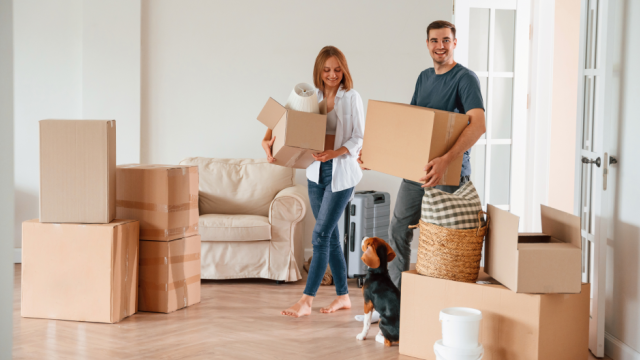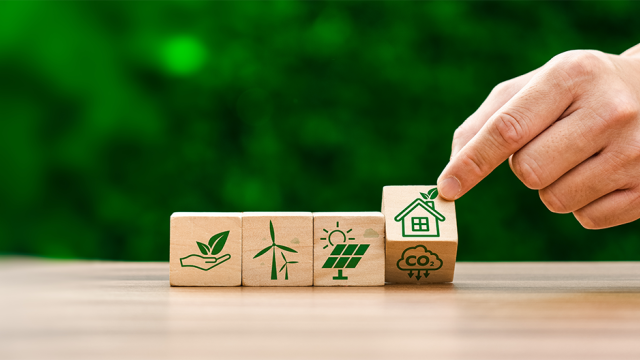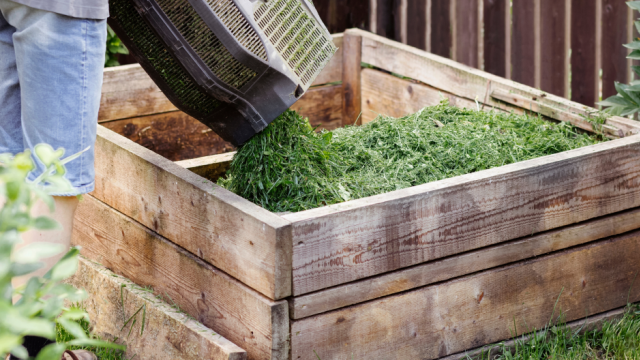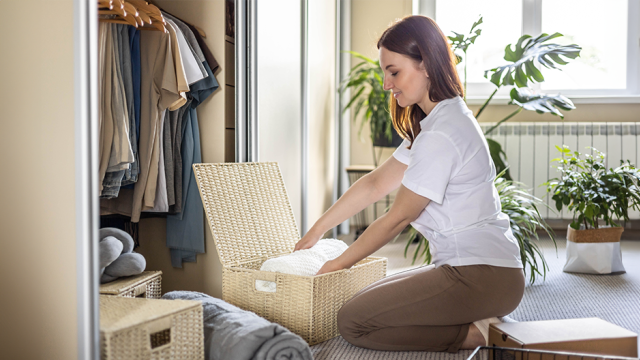Ticking the must-have boxes on the checklist for your next home’s features and benefits looks a little different these days.
Along with the usual questions on layout and section size, sustainability and energy consumption considerations are more important than ever - especially in a variable climate like we have in Aotearoa.
Buyers and tenants are asking important questions, and now there are companies that specialise in promoting and “scoring” your home’s energy efficiency.
If you’re making a move, you may want to know: How energy efficient is your new home?
